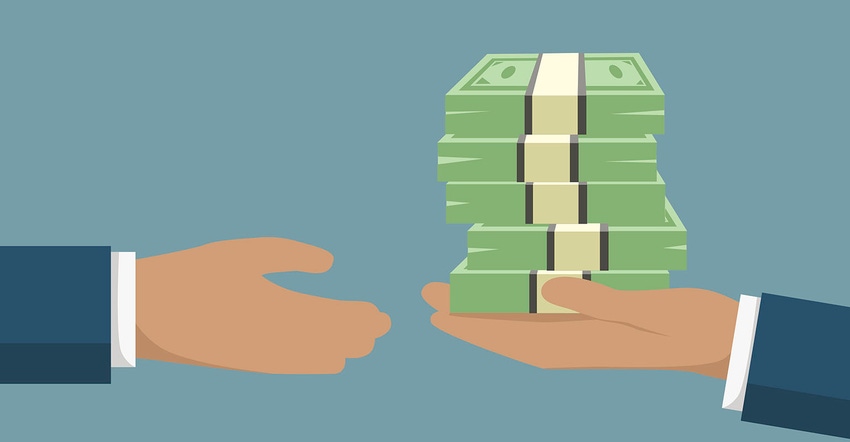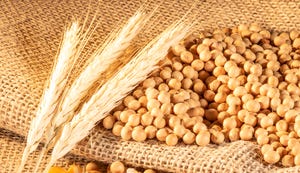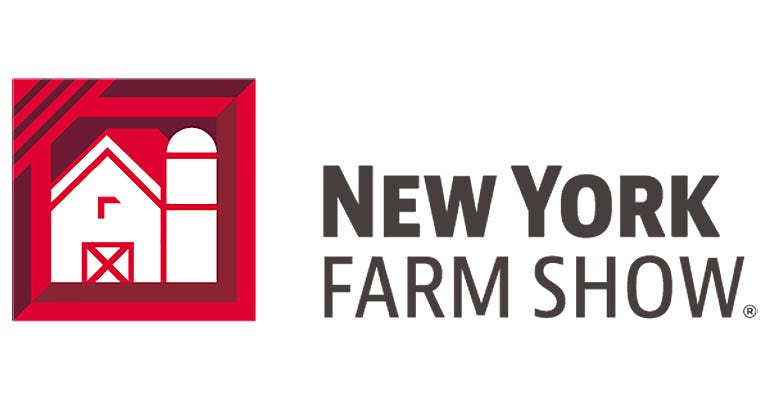
Government payments come in all different names, shapes, and amounts every year. We never know exactly what they will be and half the time don’t even know when they will show up in checking accounts or in mailboxes. But we do know that some years they are critical to cash flow. Payments that originated from the “trade war” and COVID-19 stacked on top of “normal” farm payments (ARC,PLC,CSP, etc..) have made the difference in being able to meet all debt obligations or not for some farmers.
So, how does your banker view those payments? The answer is – it depends.
Some bankers come from the school of thought that all income is income and should be counted toward all calculations and ratios. If it hit your bank account and you could write a check to pay a bill with it, then throw it in the pile with all other income.
There isn’t anything wrong with this approach. You could use that money to pay bills and debts. But a little deeper analysis and different thought process never hurt anyone. This leads us to the other school of thought.
Separate income categories
The second school of thought is to take all income streams and separate them into categories. Crop income, crop insurance income, government payments, custom work, etc. For example, If a farmer has $1M of total revenue, and the composition of income was $750k crop income, $50k custom work, and $200k government payments. This would be 75% crop income, 5% custom work, and 20% government payments.
Then let’s take a look at the income statement. $1M of revenue - $700k of expenses - $175k of debt = $125k excess cash. All looks good right? They made money! BUT look back at the composition of income -- $200k was government payments. If you take the payments out, the new excess cash figure is negative $75k.
Of course, they did get the government payments and did make money, but this analysis shows that this farm is dependent on those payments, to a certain extent. The farm does not support itself on production alone.
This is something everyone should be aware of!
Neither one of these approaches are wrong. If a farmer pays all their debts the bank shouldn’t deny the customer based on the fact that they are partially dependent on government payments. But they may point it out to their customer and have a deeper discussion.
It is worthwhile for farmers to conduct this type of analysis themselves and be aware of this before meeting with the lender. It will make the conversation more productive and even if the bank doesn’t mention it, it is definitely worthwhile knowledge for a farmer to have.
In making projections for the upcoming year were government payments added as a source of income? How much? Are you sure of this amount? If you take them out does the projection still work?
These are all questions that should be answered for your own benefit as well as to be able to address any questions your banker may throw your way.
The opinions of the author are not necessarily those of Farm Futures or Farm Progress.
More from Ashley Arrington
Making decisions from projections
About the Author(s)
You May Also Like






